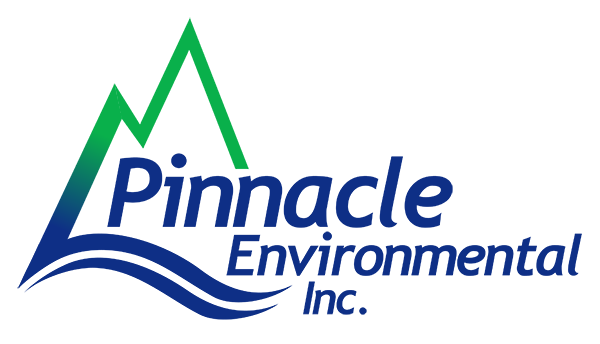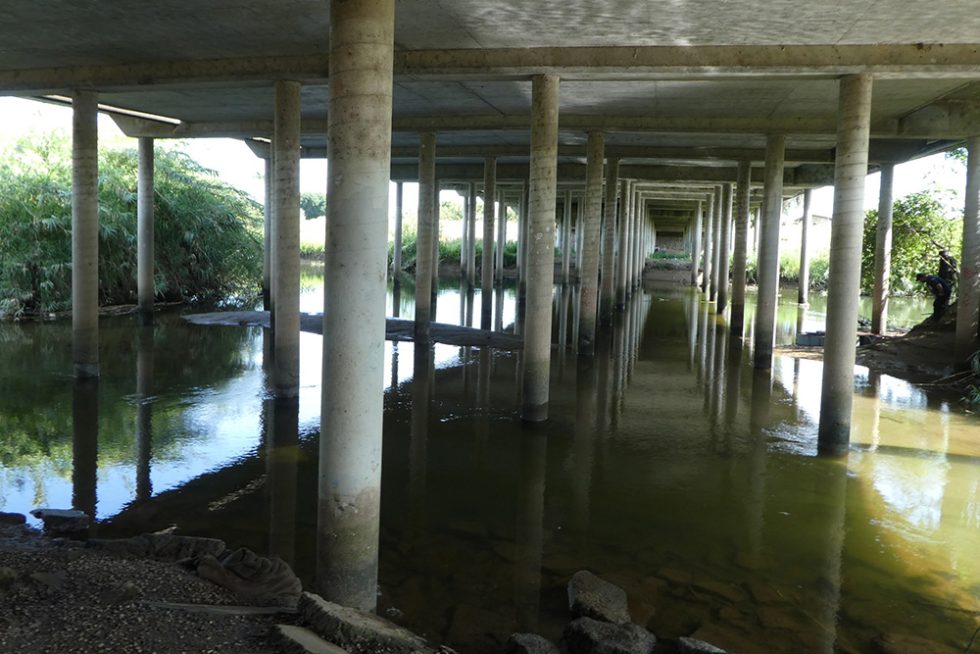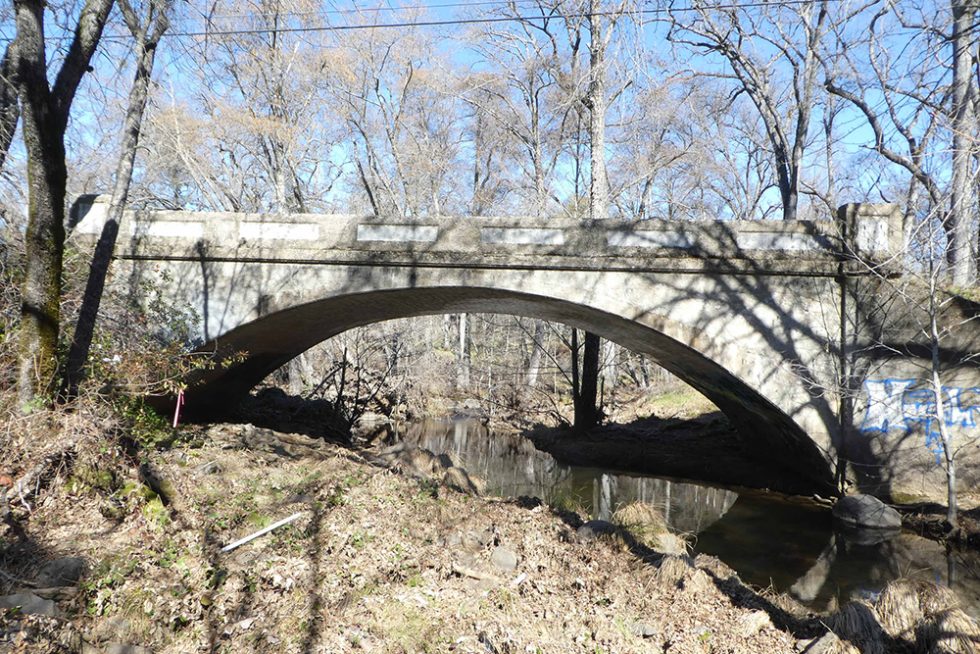Caltrans Initial Site Assessment
Caltrans Initial Site Assessment (ISA)
Caltrans Initial Site Assessments (ISAs) are comprehensive evaluations conducted during the early stages of new right-of-way projects, structure modification or demolition, or excavation. ISAs are written to industry standards as defined in American Society for Testing and Materials (ASTM) Standard E1527-13 “Standard Practice for Environmental Site Assessments: Phase I Environmental Site Assessment Process.” ISAs are conducted to identify potential or known hazardous materials, hazardous waste, and contamination in the project area (e.g., lead-based paint, asbestos, petroleum products, and other contaminants) to make decisions about project design, cost, scope, and schedule, and used as a baseline against future claims. Based on the findings, an ISA provides recommendations for future investigations such as a PSI or other site-specific studies.
What sources of information does a Caltrans ISA use?
Caltrans Initial Site Assessments (ISAs) focus on identifying and evaluating the presence of contaminants that may pose risks to human health and the environment utilizing various research methods. The assessments consider factors like site history, previous land use, nearby industrial facilities, and potential pollution sources to determine the likelihood of hazardous materials being present. ISAs generally include the following activities:
-
- Interviews with past and present owners, operators, and occupants;
- Review of historical information (e.g., aerial photographs, fire insurance maps, building department records, chain of title documents, and land use records, etc.);
- Review of government (federal, state and local agency) records, including regulatory reports for both the subject properties and nearby or adjoining properties;
- Visual inspection of the subject properties and of adjoining properties; and based on the above, a written report is generated that identifies any properties that will require further site investigations.
What environmental concerns can be identified by this type of assessment?
There are several potential environmental concerns that may be identified during a Caltrans Initial Site Assessment. These concerns may include hazardous components such as aerially deposited lead (ADL), asbestos, oil and petroleum-related releases, volatile organic compounds, and other issues that may impact worker health and safety during future improvements. Some of the other issues that may be identified include:
-
- Presence of lead-based paint: The site visit may reveal the presence of peeling or deteriorating paint on structures or equipment, indicating the potential use of lead-based paint. Additionally, lead-based paints were commonly used in the past for roadway striping. Lead is a highly toxic metal, and the deterioration or removal of these paints can generate lead dust or chips, posing a risk to human health and the environment.
- Asbestos-containing materials: Insulation, pipe wrapping, floor tiles, or roofing materials that contain asbestos may be identified during the site visit, particularly in older structures. When disturbed or damaged, asbestos fibers can become airborne and pose serious health risks, including lung diseases and cancer.
- Underground storage tanks: The presence of underground storage tanks, such as those used for storing fuel, may be identified during the site visit. These tanks can pose a risk of leakage or contamination if not properly maintained.
- Hazardous waste storage areas: Site visits can uncover the presence of designated areas or storage facilities where hazardous materials or wastes are stored, such as drums of chemicals or used oils.
- Industrial facilities or adjacent sites: The site visit may include an assessment of nearby industrial facilities or adjacent sites that could potentially contribute to contamination risks, such as manufacturing plants or waste disposal sites.
- Stormwater management practices: The evaluation may involve inspecting stormwater management infrastructure, including sediment basins, retention ponds, or drainage systems, to assess their effectiveness in preventing pollution runoff during construction activities.
- Sensitive receptors: The site visit may identify the presence of sensitive receptors in the vicinity, such as residential areas, schools, hospitals, water bodies, or wildlife habitats. This information helps evaluate potential impacts and implement appropriate mitigation measures.
- Evidence of spills or releases: Signs of spills, leaks, or other releases of hazardous materials may be observed during the site visit, prompting further investigation and appropriate cleanup actions.


